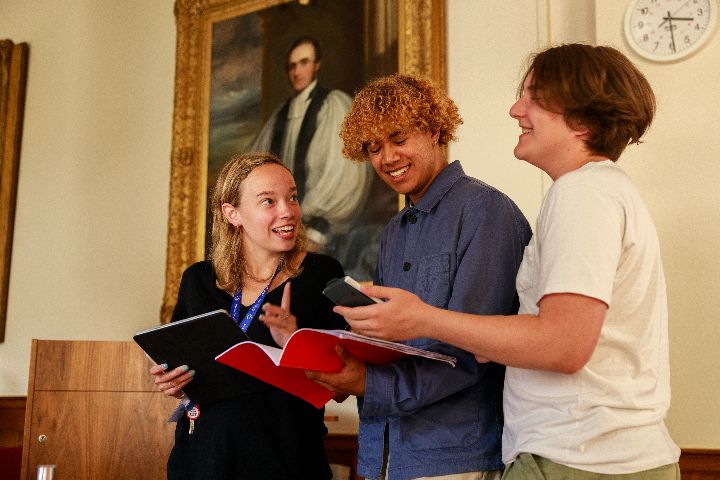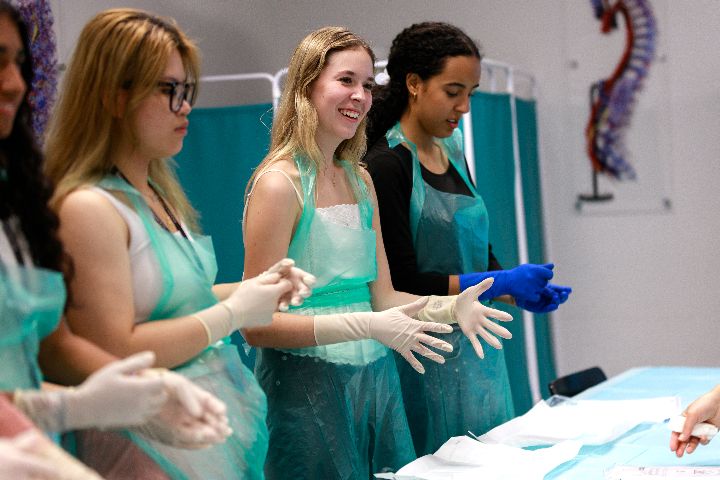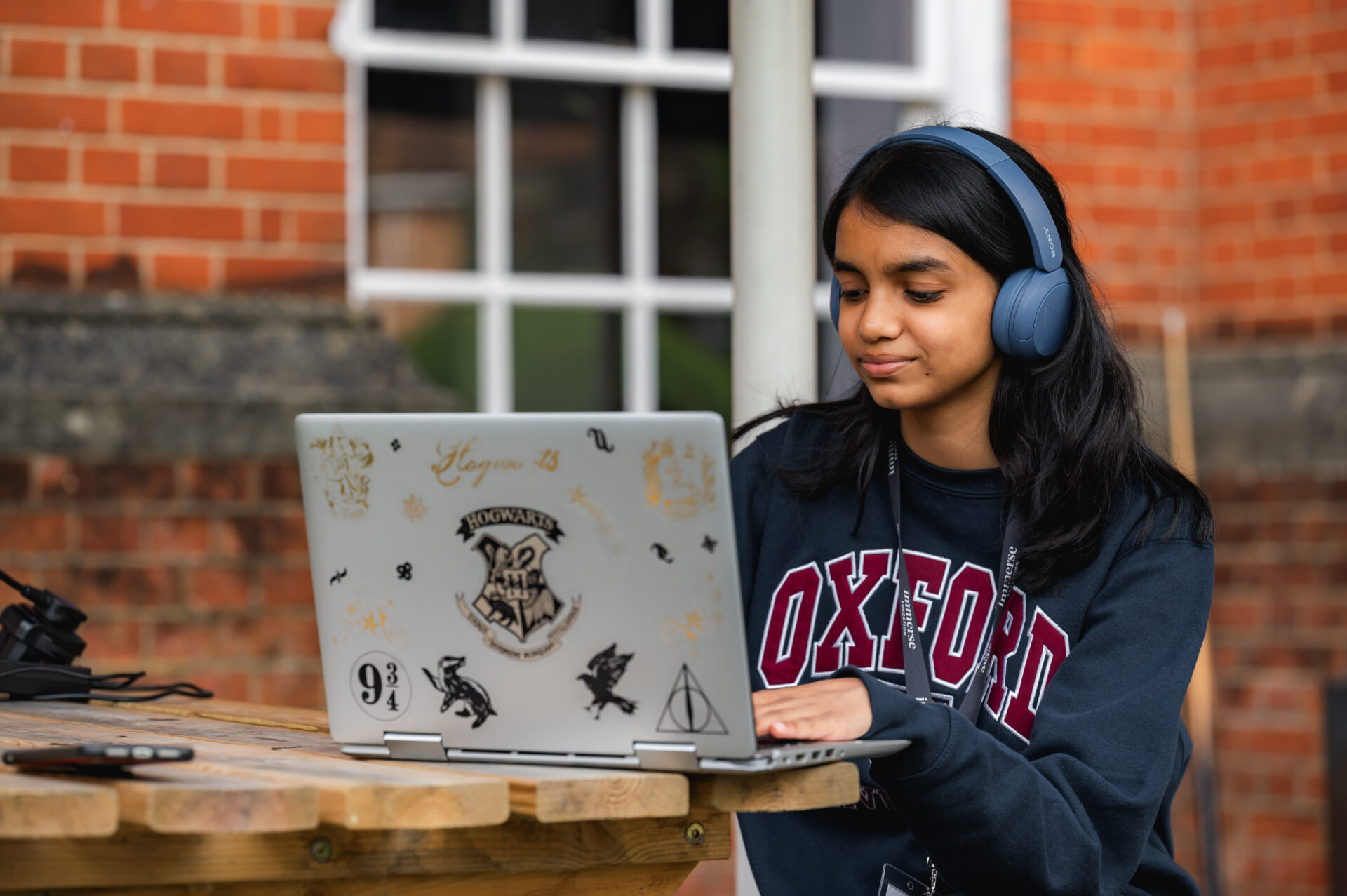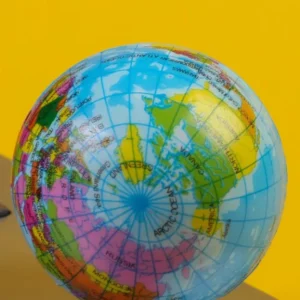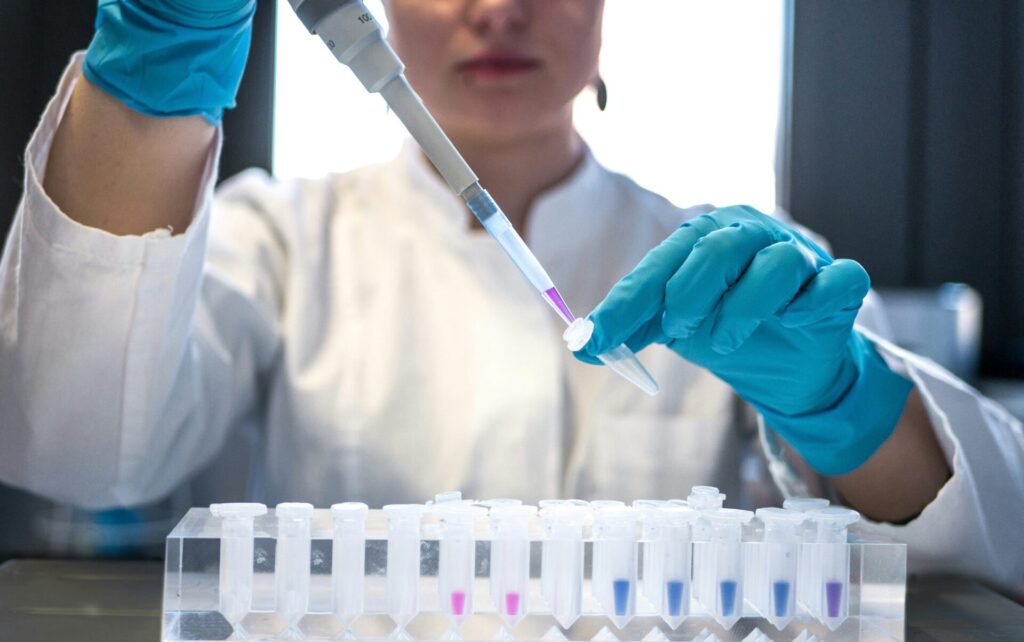It’s hard to imagine that the city named “Biotech Cradle” was once a popular agricultural and food processing area. The streets of Southern Francisco used to be filled with the aroma of grilled meat as butcher shops and steakhouses flourished.
In the 20th century, the meat industry began losing its sizzle, leading to economic changes and shifts in consumer preference. By 1970, there were multiple computer firms and programming and service companies, and the cost of living was still low.
San Francisco’s booming tech echo system and proximity to outstanding universities made it ideal for biotech startups. It’s home to some of the largest biotech industries in the world, which dominate the international market and attract the best-in-class talent.
San Francisco holds some of the most recognised tech summits, attracting learners from nearby institutions such as Stanford, UC Berkeley, and Santa Clara University.
In this post, we’ll discuss some of the most impactful and successful innovation hubs and startups and look at factors significantly contributing to San Francisco’s success as the “Biotech Cradle.”
Pioneering discoveries in healthcare and biotechnology
San Francisco has been the base for some of the most significant medical discoveries, which improve healthcare and help patients recover from various illnesses.
Let’s discuss some of the most historical healthcare and biotechnology discoveries:
The first Genetically Modified Organisms

silBetween 1972 and 1974, Stanley Cohen, Herbert Boyer, and their colleagues at Stanford University and the University of California conducted a series of experiments built on the work of recombinant DNA pioneer Paul Berg.
They successfully cut open a plasmid, insert a gene from another bacterial species and close the plasmid. They inserted the plasmid with recombined DNA from two sources into bacteria to demonstrate the first genetically modified organisms.
Since 1959, scientists have known that bacteria have extra loops of DNA called plasmids. Bacteria can swap these plasmids with one another, allowing the transfer of beneficial genes such as those that code for antibiotic resistance.
By 1970, various scientists had separated several plasmids and restriction endonucleases. These special enzymes work like scissors to cut open the loops of plasmids.
Herbert Boyer specialised in restriction endonucleases, while Stanley Cohen was a plasmid expert. They met at a conference in 1972 and decided to combine their research.
UCSF’s research in healthcare and biotechnology
The University of California San Francisco (UCSF) research has helped transform human health. Here are some of the key findings that have helped physicians find ways to control and mitigate diseases and epidemics:
- Through her research in the laboratory, Christine Miaskowski determined that pain reaching chronic conditions is not just a symptom but a medical condition.
- David Julius, professor and chair of the Department of Physiology at UCSF, discovered the receptors in cells of the peripheral nervous system that help the body sense heat and cold. This provided a major insight into developing pain therapeutics.
- John Clements, William Tooley, and Roderic Phibbs helped prevent the deaths of newborns with respiratory distress syndrome. They discovered the missing protein, surfactant, that causes the syndrome, leading to the development of a synthetic substitute.
Development of globally accepted treatments
When the world first experienced AIDS, San Francisco General Hospital had to create new standards of care to treat the epidemic. This marked the inception of the San Fransisco model of AIDS care, which began in wards 86 and 5B of the hospital in 1983.
This model has encouraged worldwide compassionate care as a priority and expected standard in most hospitals. Health practitioners now emphasise the social, psychological, and economic aspects of treatment in addition to medicine.
Ecosystem and infrastructure
San Francisco is home to over 200 companies occupying over a million square feet, making it the largest biotech cluster in the world. California and the Bay Area have access to research institutions and a highly skilled workforce supporting the life sciences sector.
According to a real estate and investment company, CBRE, local employment in the area had risen to over 150,000 by mid-2023. Many developers have repurposed office buildings as life sciences companies to support its expansion.
The availability of multiple venture capital firms has made San Francisco synonymous with rapid growth and innovation.
Some of the largest VC firms focused on biotechnology in the world, including:
These firms have been pivotal in San Francisco’s development. Private and government initiatives also play a pivotal role in enhancing innovation by providing grants and incentives for biotech startups.
Moderna Therapeutics, BioNTech, and Genentech are successful biotech organisations that have benefited from government grants.
NB: More on Genentech towards the end of the article
Biotech clusters and innovation districts
The biotech companies in San Francisco are interconnected and work together to provide solutions to human health. Service providers, specialised suppliers, and associated institutions combine their efforts for better results.
The culture of innovation in San Francisco has led to the development of SaMDs (software as a medical device), machine learning, and AI for health by companies such as Medical AI, Inc., Doximity, and Tempus AI.
Silicon Valley has dominated the software industry, with tech companies like Apple, Intel, and Cisco Systems. It’s also home to the Milken Institute at Stanford University.
The wide range of biotech companies in the area creates an excellent atmosphere for hardware and software engineering.
The San Francisco Bay Area Universities combine their life science research with industries to create a network of information sharing and innovation. Through research and experiments, they influence the growth of innovation-based sectors.
Join the Immerse Education 2024 Essay Competition
The Immerse Essay Competition is open for 2024! Follow the instructions to write and submit your best essay for a chance to be awarded a 100% scholarship.
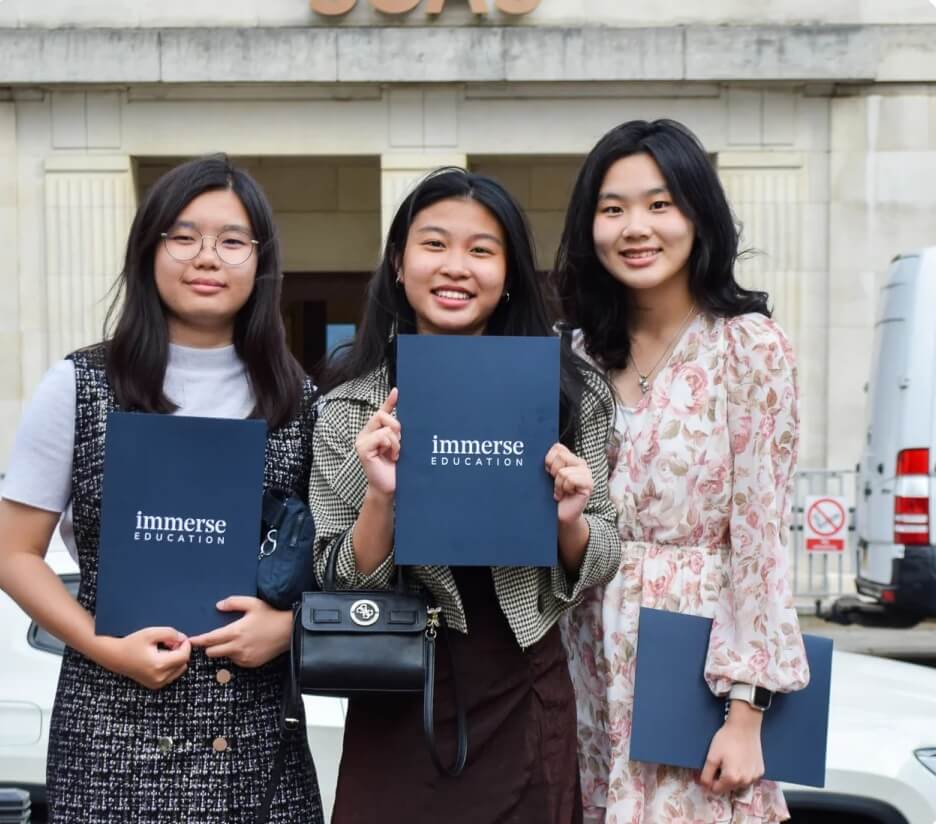
Startups and entrepreneurship
Starting a company begins with an idea that has to overcome various challenges before transitioning to an initial public offering (IPO). It takes several years for ideas born out of expertise and passion to impact today’s market.
Despite being the birthplace of biotech, San Francisco presents businesses with a few challenges. They include:
Access to funding for new biotech companies
It’s difficult to present your idea to a funding committee and prove its value. You must bring new ideas and innovations into a market already crawling with competitors, and you also have to adapt to the city’s high cost of living.
Regulatory hurdles
Due to government policies, entrepreneurs face high regulatory hurdles to starting their businesses. Permitting requirements and layers of onerous zoning review need to be met.
Market entry in the biotech industry
One of the biggest challenges for startups in San Francisco is competition. You should get into the market with a good marketing strategy to help you grow.
San Franciso is expected to add 2.1 million people by 2040, which is excellent news for businesses looking to grow and remain in the market.
Collaboration and networking
San Francisco holds biotech networking events and forums to facilitate growth. Investors, entrepreneurs, and scientists meet, and the magic happens as bright ideas come to life.
These events help bring together parties that can play pivotal roles in helping startups overcome the barriers above. Investors get to view the most promising ideas and innovators can find gaps to fill in the market.
Let’s look at some of the recognised and highly-attended events:
Biotech Explorers Conference
The Biotech Explorers Conference attracts global industry innovators, experts, and researchers.
It facilitates extensive networking and acts as a marketplace of ideas, promoting collaborations to unveil innovations impacting health and other sectors. The attendees discuss emerging biotechnological trends and share research findings.
2024’s event, titled Biotech Explorers: Unraveling Mysteries and Crafting DNA in a Project-Based CSI Adventure, scheduled at Gale Ranch Middle School in San Ramon, CA, will last for at least four days.
Life Science Career Expo
The Life Science Career Expo aims to bring together life science learners with researchers, educators, government stakeholders, and industry partners under one roof.
The Bay Area Life Science Career Expo of 2024 will help basic science enthusiasts and professionals meet with hiring companies.
The event, sponsored by NOVAworks, is free to attend, and attendees include a wide range of people, from learners to experts.
Biotech Showcase
The Biotech Showcase provides a platform for micro-mid-cap and private biotechnology companies to showcase their innovations.
The 2024 Biotech Showcase event was held on 8 January 2024 at the Hilton San Francisco Union Square. Some participating companies included 42 Therapeutics, AAVnerGene Inc., 7 Hills Pharma Inc., and Addex Therapeutics.
Impact and future directions
The hundreds of companies in this city have contributed significantly to the biotech sector through drug discovery and technological developments in medical devices.
The nearby institutions provide an ideal source of research for these developments.
Let’s look at some of the ways San Francisco has and is yet to impact biotechnology:
Adoption and implementation of new technologies
CRISPR (clustered regularly interspaced short palindromic repeats) is a technology that has revolutionised the modification of the DNA of living organisms.
The CRISPR technology provided a simple method for detecting COVID ribonucleic acid or RNA.
Since its inception in 1987, CRISPR has been adopted for use in laboratories worldwide due to its ability to work without performing gene amplification. It’s been developing rapidly, and the future possibilities are tremendous.
Genentech medical products
Genentech, born in South San Francisco, is one of the oldest and most dominating companies in the biotech industry. It focuses on several therapeutic areas, including immunology, oncology, infectious disease, ophthalmology, cardiovascular disease, metabolism, and neuroscience.
Some of its approved products include Activase for treating acute ischemic stroke and OCREVUS for people with relapsing forms of multiple sclerosis (MS) and primary progressive MS.
Final thoughts
Pioneering discoveries, thriving ecosystems, and collaborative networks have propelled San Francisco’s biotech sector to unprecedented heights.
For young readers eager to explore the endless possibilities in biotech, whether through education, entrepreneurship, or innovation, there’s no better time to engage with this exciting field.
Take the first step towards a future in biotech with Immerse Education’s tailored programs and resources. Dive deeper into the world of biotechnology with our San Francisco Summer School.
